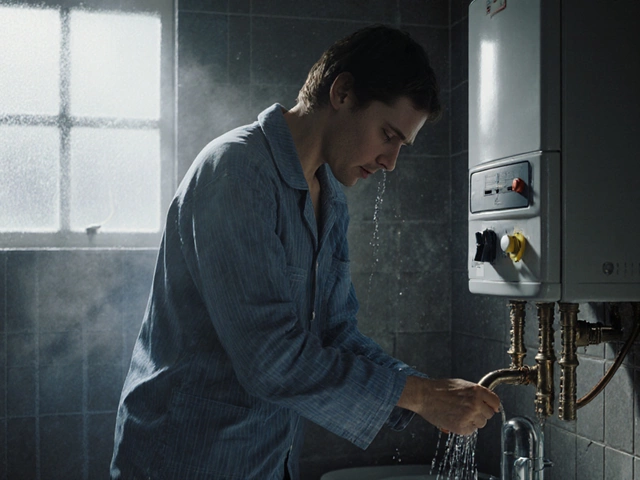Tumble Dryer Life Expectancy – What to Expect
If you’re wondering whether your dryer is getting old, you’re not alone. Most homeowners assume a dryer will work forever, but in reality the average tumble dryer lasts about 10‑12 years. That number isn’t set in stone – it shifts based on how often you use it, the model you bought, and how well you look after it.
Understanding the life expectancy of your dryer helps you plan budgets and decide when it’s smarter to repair rather than replace. Below we break down the key drivers behind a dryer’s lifespan and give you a handful of practical steps to squeeze extra years out of the machine.
Factors That Influence Dryer Longevity
Usage frequency. A dryer that runs once a week will outlive one that’s cranked every night. The more cycles you squeeze through the drum, the more wear on the motor, belt, and heating elements.
Quality of the unit. High‑end brands often use sturdier parts and offer longer warranties. Budget models can hit the end of their useful life sooner because cheaper components wear out faster.
Installation and ventilation. A dryer that isn’t vented properly gets hotter than it should. Overheating stresses the motor and can cause fire hazards. Make sure the vent hose is straight, clean, and not too long.
Maintenance habits. Lint buildup isn’t just a fire risk – it also forces the dryer to work harder, shortening the motor’s life. Regular cleaning of the lint filter, vent, and drum helps keep temperatures in check.
Power surges. Sudden spikes can fry the electronic controls. Using a surge protector or a dedicated circuit can protect the dryer’s sensitive parts.
Tips to Extend Your Dryer’s Life
1. Clean the lint filter after every load. It only takes a few seconds and reduces strain on the motor.
2. Check the vent hose monthly. Pull it out, remove lint, and make sure it’s not kinked. A clear vent improves airflow and cuts drying time.
3. Don’t overload. Stuffing too many clothes in forces the drum to turn slower, making the motor work harder.
4. Use sensor dry or timed cycles wisely. Sensors stop the dryer when clothes are dry, saving energy and wear. If your dryer has an automatic moisture sensor, let it do the job.
5. Level the dryer. An uneven machine vibrates more, wearing bearings and the belt prematurely.
6. Schedule professional check‑ups. A qualified technician can spot worn belts, failing heating elements, or electrical issues before they become costly failures.
When a repair cost climbs above half the price of a new dryer, it’s usually time to replace. But many common problems – clogged vents, worn belts, or a faulty thermostat – cost a fraction of a new unit and are easy fixes.Bottom line: a well‑maintained tumble dryer can comfortably hit the 12‑year mark. Keep an eye on usage, clean regularly, and don’t ignore odd noises. Those simple habits will keep your dryer humming efficiently and save you from unexpected breakdowns.






